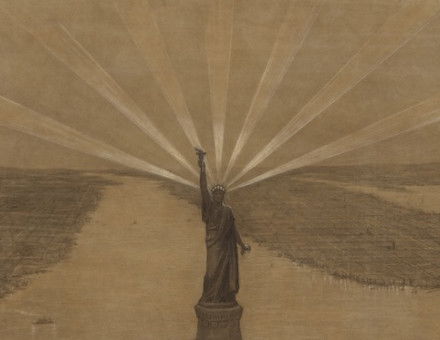The Battle for Art in the 1930s
David Elliott looks at how Mussolini, Stalin and Hitler used culture to their own ends and how the ramifications of this has continued to the present.
The rhetoric of war and struggle echoed across 1950s Europe like a trumpet blast. In Germany, the USSR and Italy, increasingly intense battles for the control of art and culture were an integral part of the establishment of power and pre- figured the real war which started in Spain in 1936 and then spread throughout Europe.
These battles for art – or cultural revolutions – were part of the process of purging or cleansing, through which each 'threatened' nation could be healed and made whole. Enemies could be found everywhere; but first they had to be eliminated at home – where they seemed to threaten the states' very existence. Art was a weapon which could be used for this end. Only when a firm hand had taken control could attention be directed further afield – to those unknown enemies who lurked beyond the frontiers.





